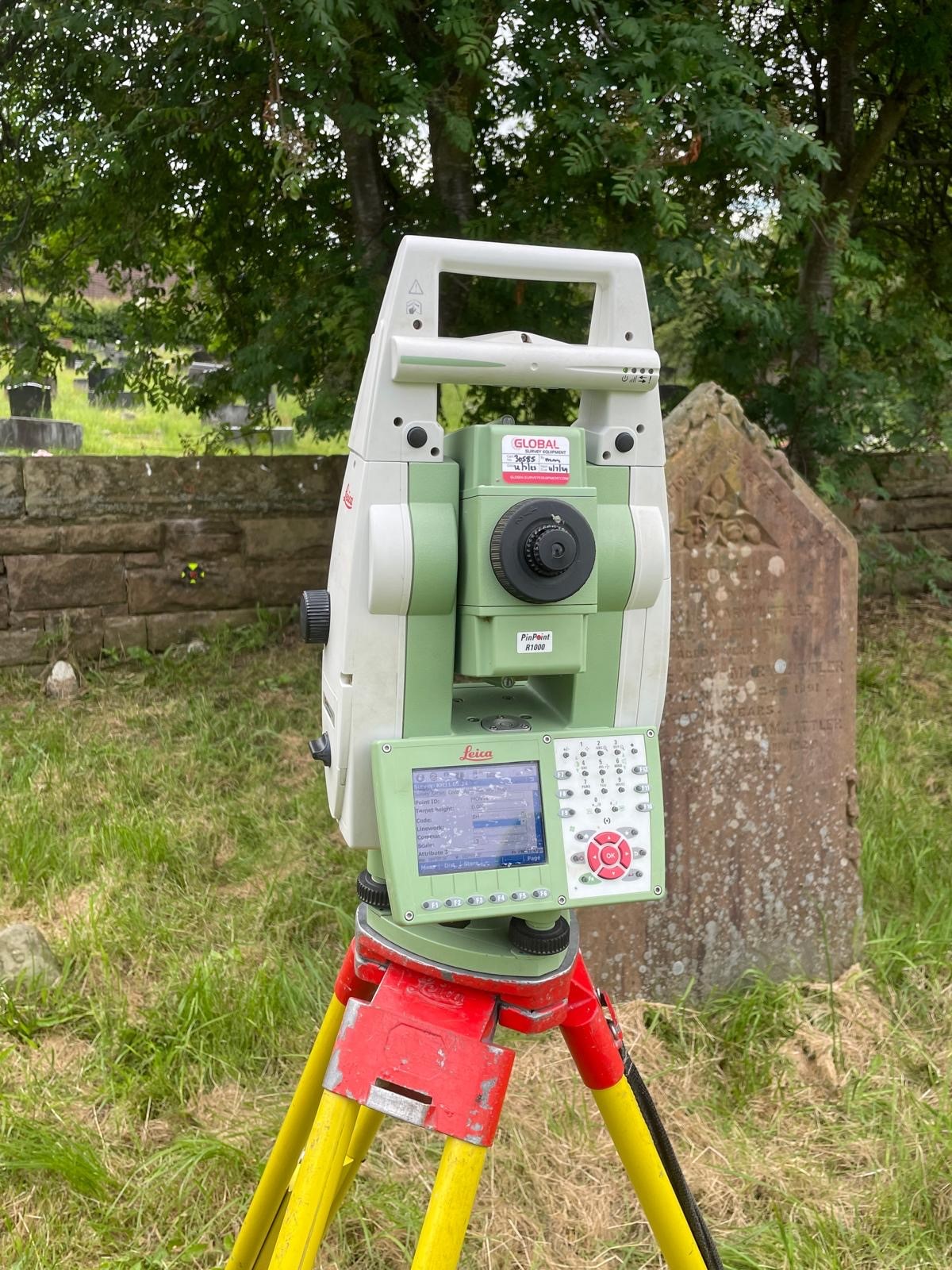An ideal solution
Monitoring, also known as a deformation survey, is among one of the many services we offer our clients. Deformation surveys can be used to monitor any kind or size of structure. This includes historic buildings tunnels, bridges, embankments and retaining walls. They are particularly useful in monitoring walls that are leaning or deteriorating over time. A good example of this would be a stone retaining wall that is facing a roadway or other thoroughfare. The lean and deterioration of the material would endanger the general public. This could be around a churchyard, for instance, and the wall could have stood there for many years, perhaps even centuries, before the advent of the heavy traffic.
Vibrations caused by vehicles or construction activity is one of the biggest causes of structural damage to older buildings. This is especially the case, if they are sited on busy main roads that once were a lot quieter. A deformation survey would offer the ideal solution.
Historical challenges
Historic buildings can prove a challenge when it comes to monitoring. This can be for their size and scale, but also due to their age. Materials such as stone can be very badly affected by weather and are often porous too. This can allow water ingress and over time they can deteriorate and become weathered. A good example are buildings made of sandstone, where the stone and mortar wear away over a long period, so the building literally begins to fade away. Structural damage such as subsidence, settlement and heave can also play havoc with historical buildings. This is especially obvious with urban buildings or historic structures that are open to the public – such as churches, cathedrals, halls and castles. This accessibility means that they should be regularly monitored, to make sure they are safe.
Movement monitoring – targeting the problem
We carry out deformation and movement monitoring on historic buildings using laser-scanning technology. The method involves the use of targets, which are attached to a wall, to measure the deformation of a structure over time. The targets are placed at different points on the structure. The distances between them and their configuration on the building can be checked for movement over a period of time. We do this using total stations, levels and laser scanners, to collate and visualise the changes.
We can then independently analyse the data, to detect any potential movement in the structure. In this way, we can monitor and report on the rate at which a building or structure is moving. As a result, owners and managers can make informed decisions as to how to address the movement. Precautions can be implemented and actions taken if they are needed. Powers has helped to protect many historical buildings, bridges and embankments for future generations, ensuring their preservation for many years to come.
If you have a structure, historic or otherwise, that you have concerns about, then why not get in touch with us today to discover how we can help with a deformation survey.








